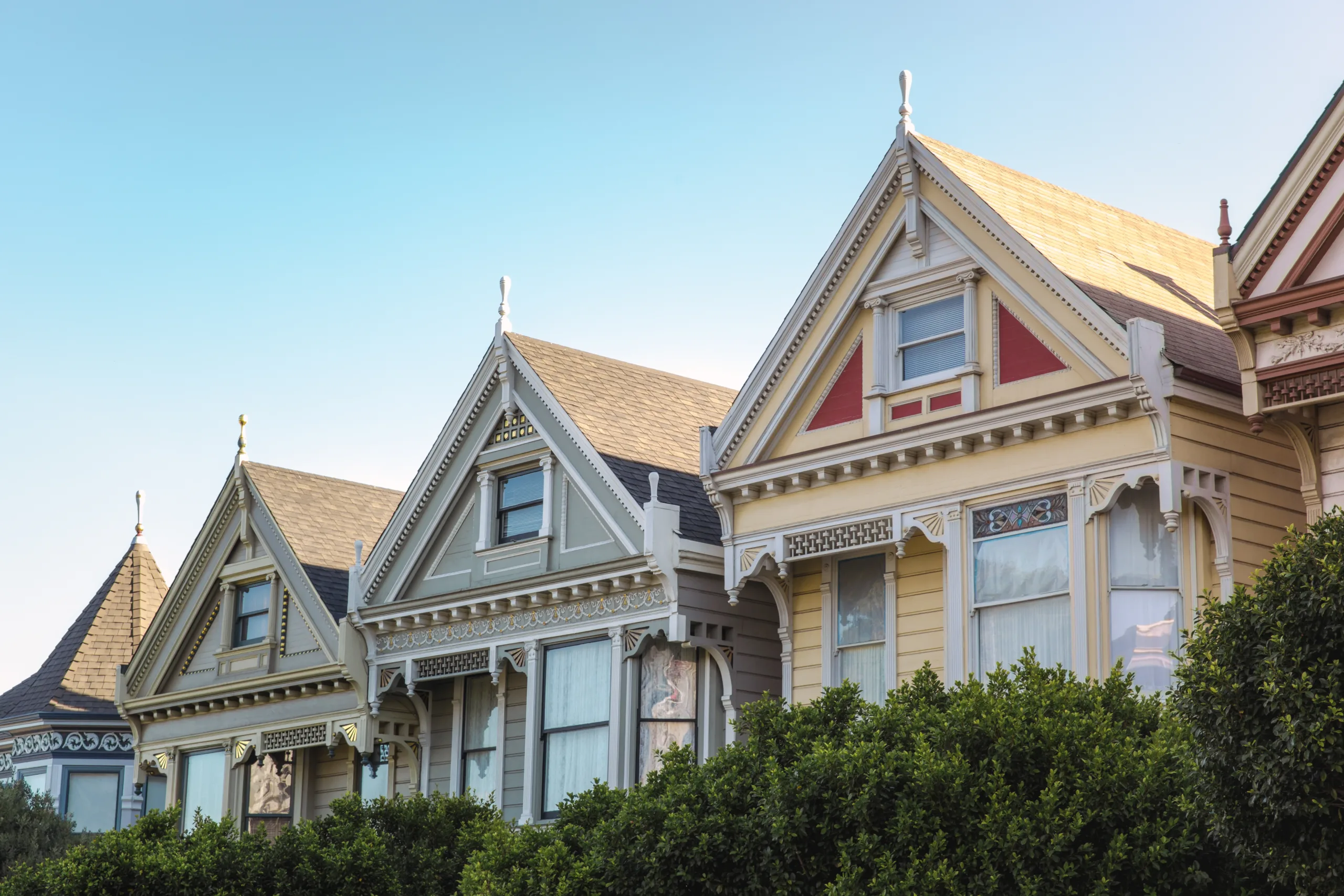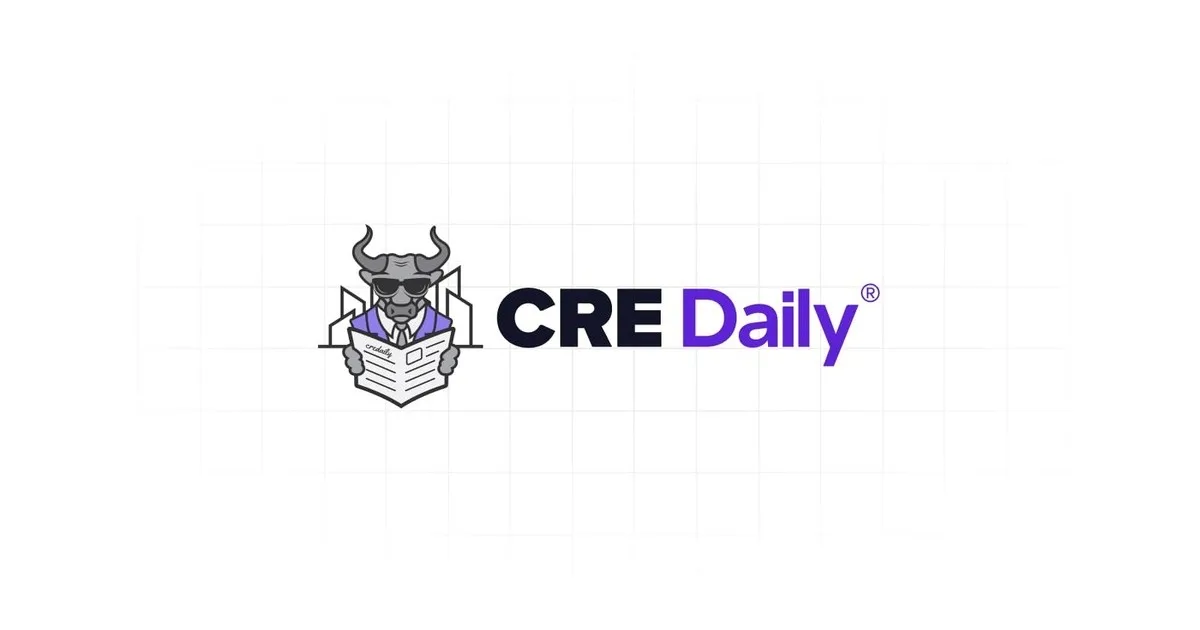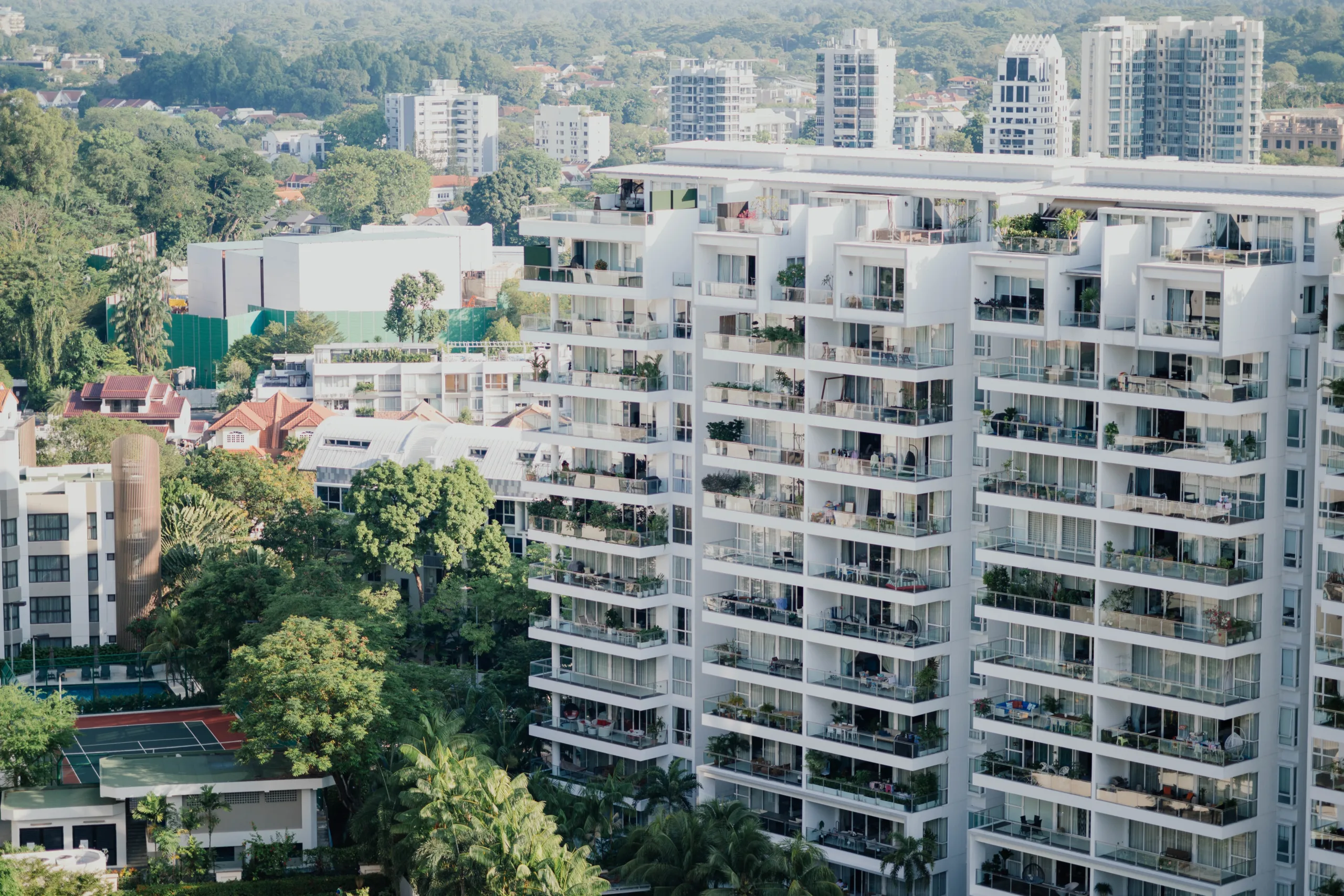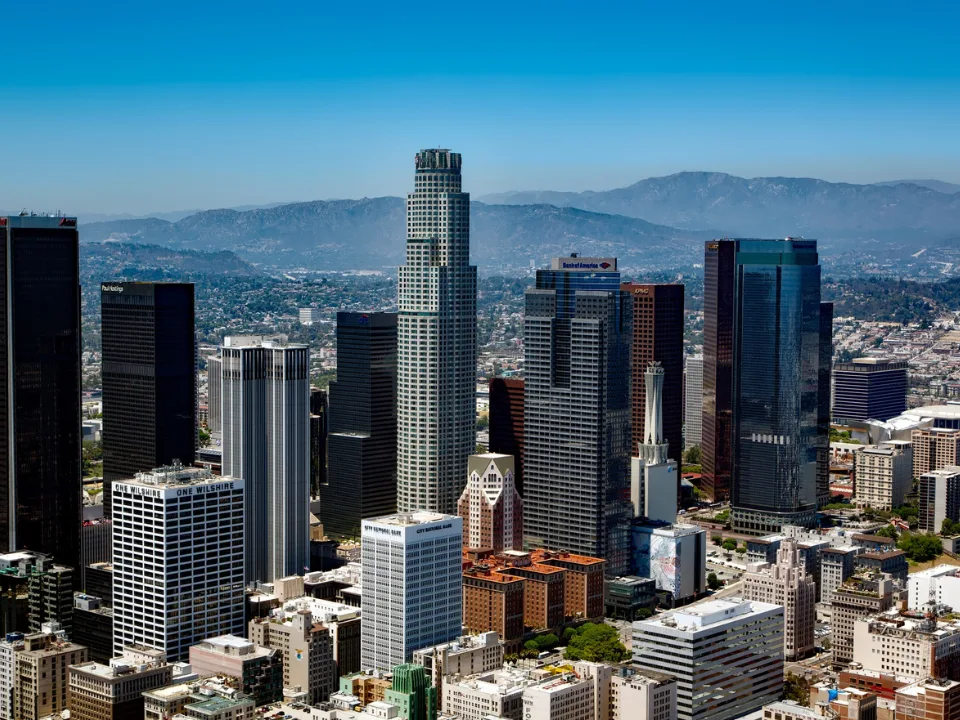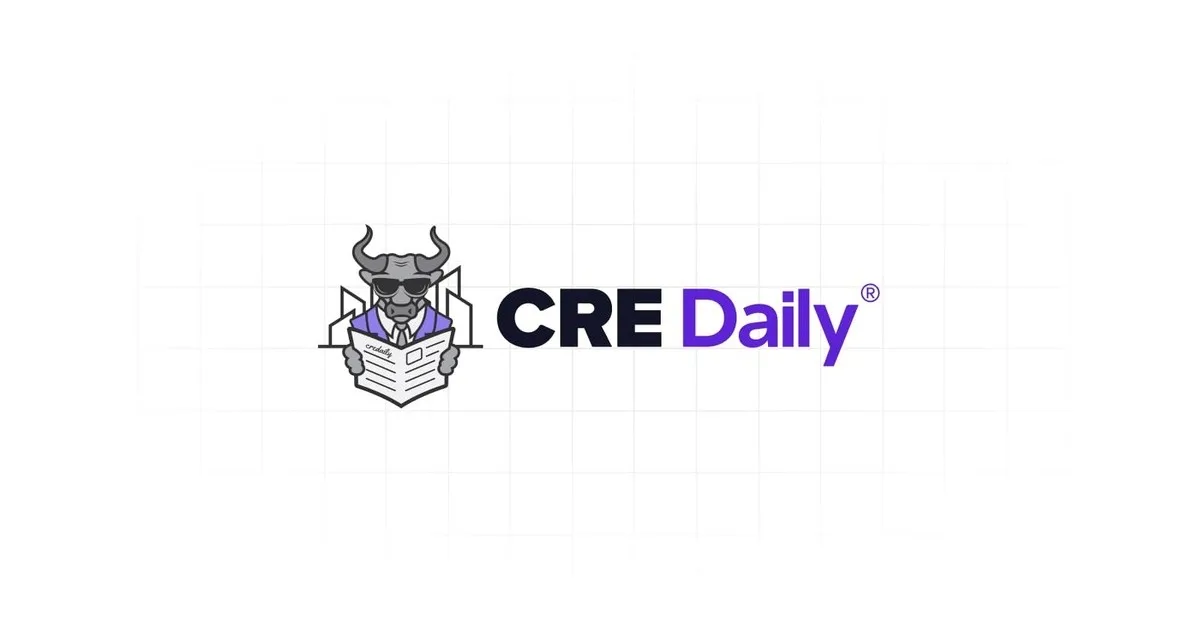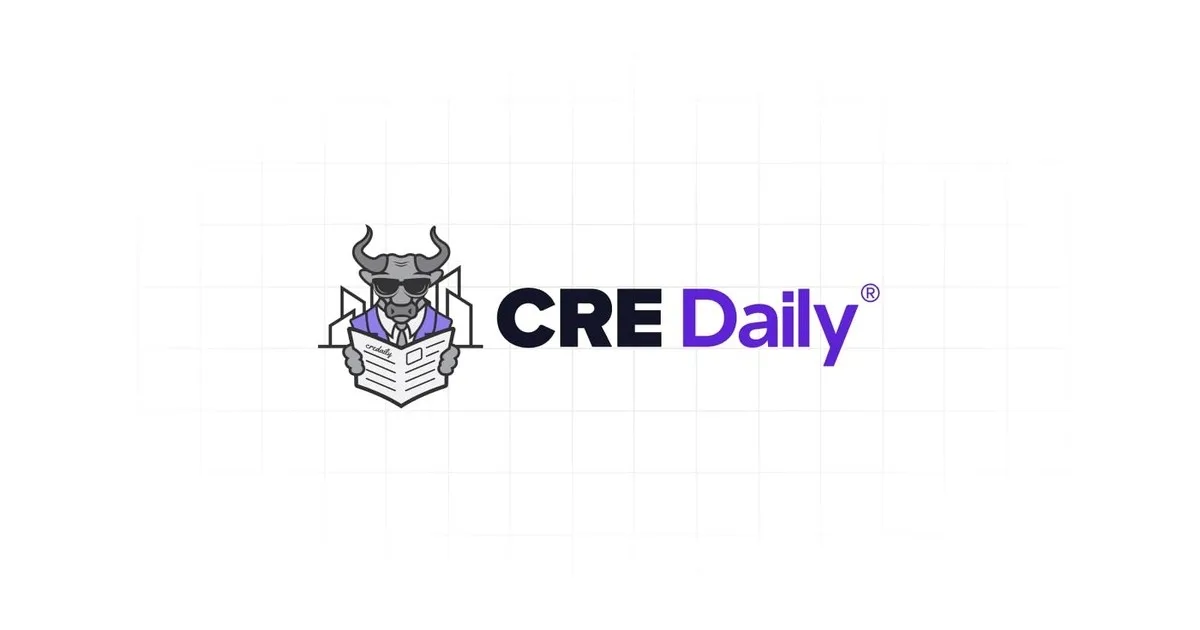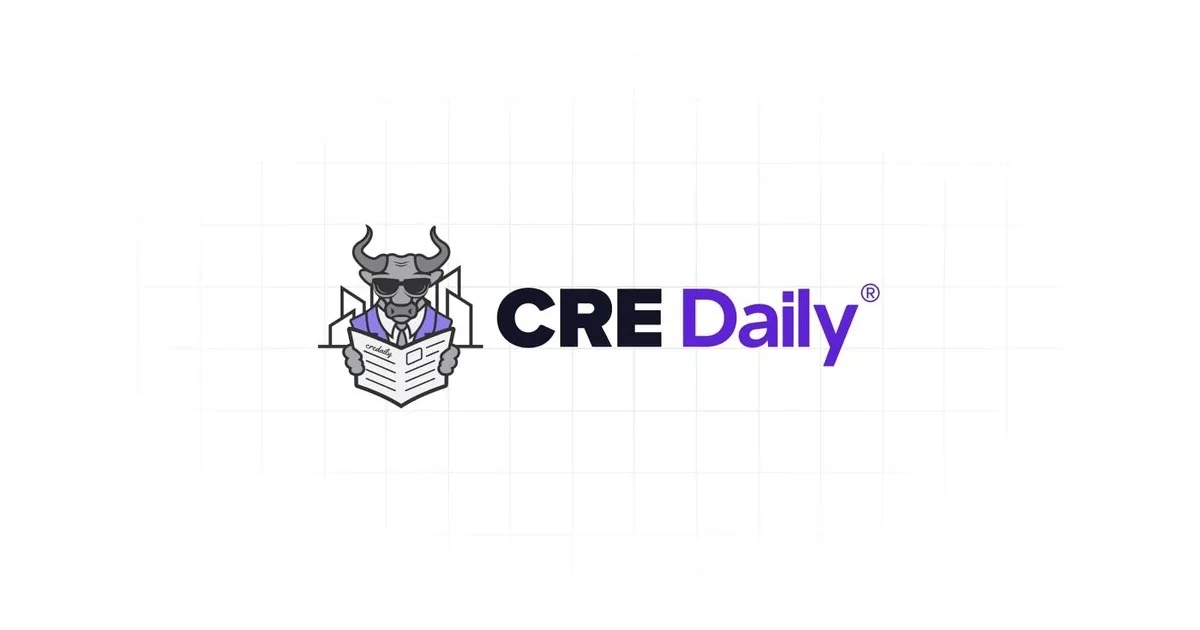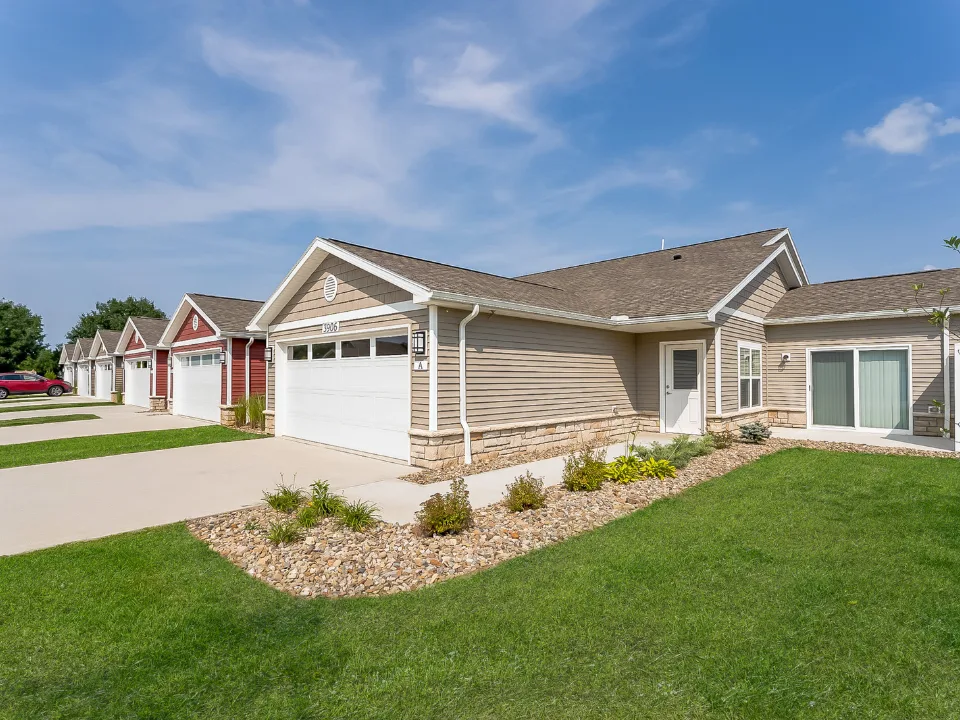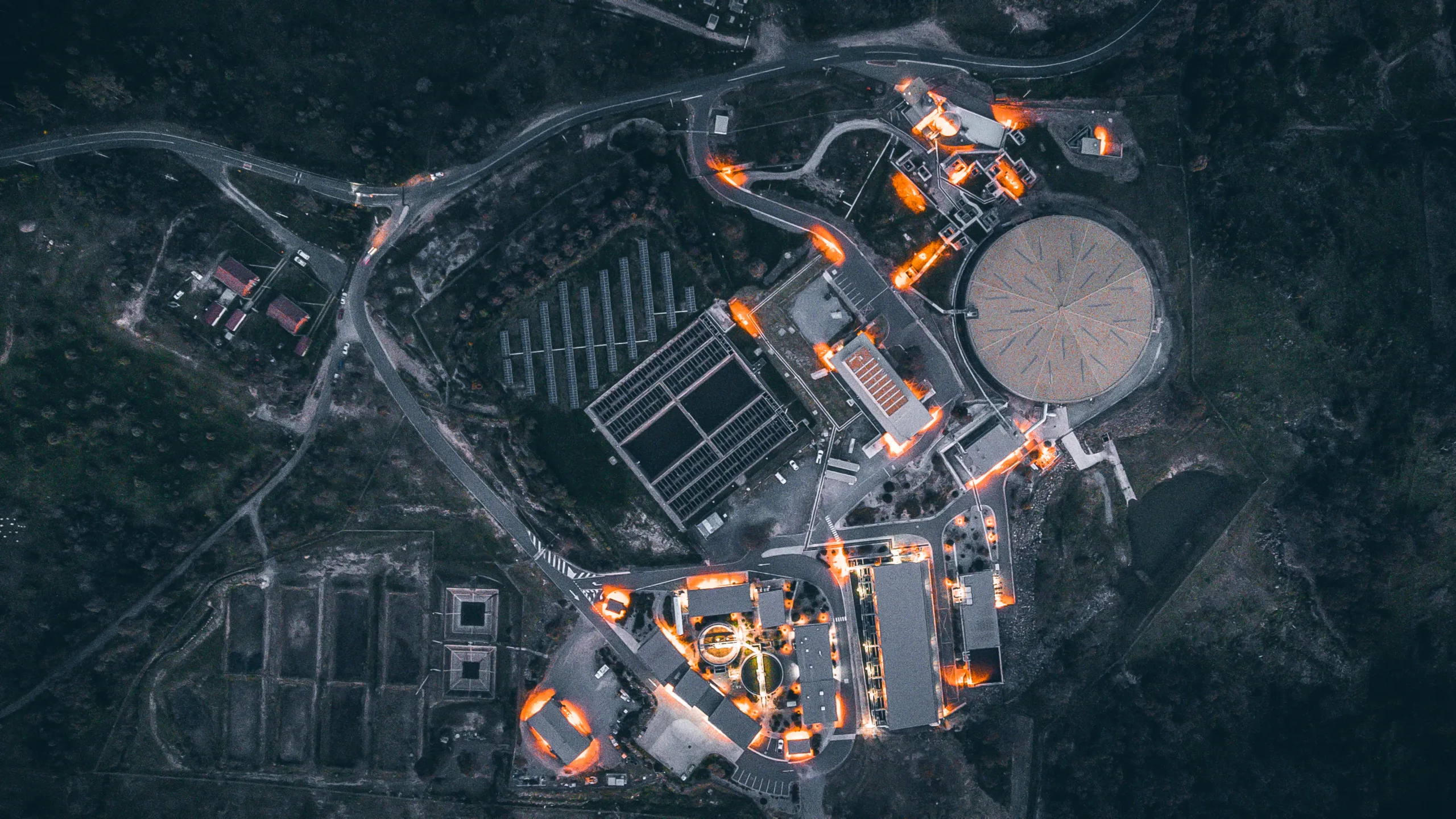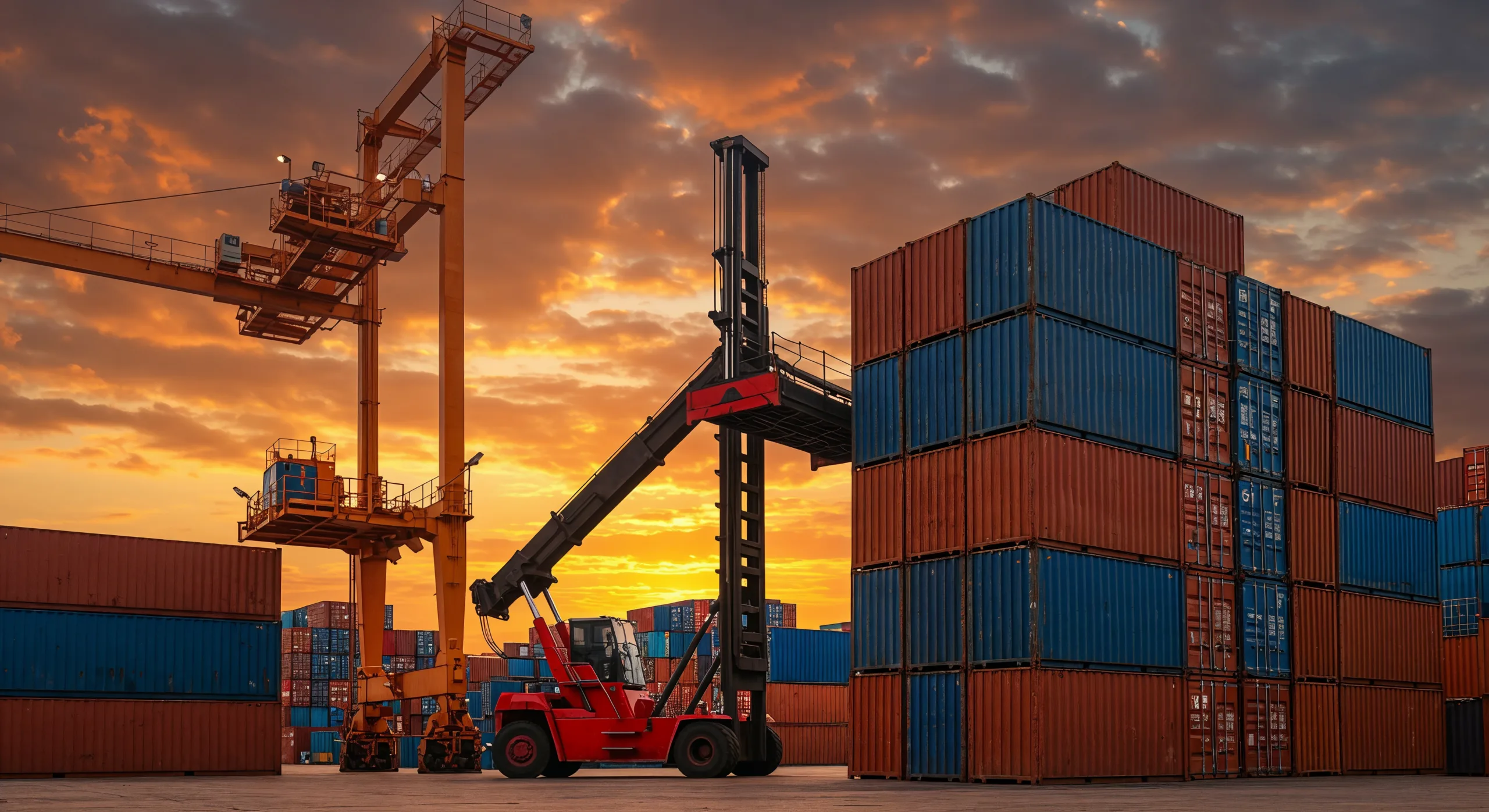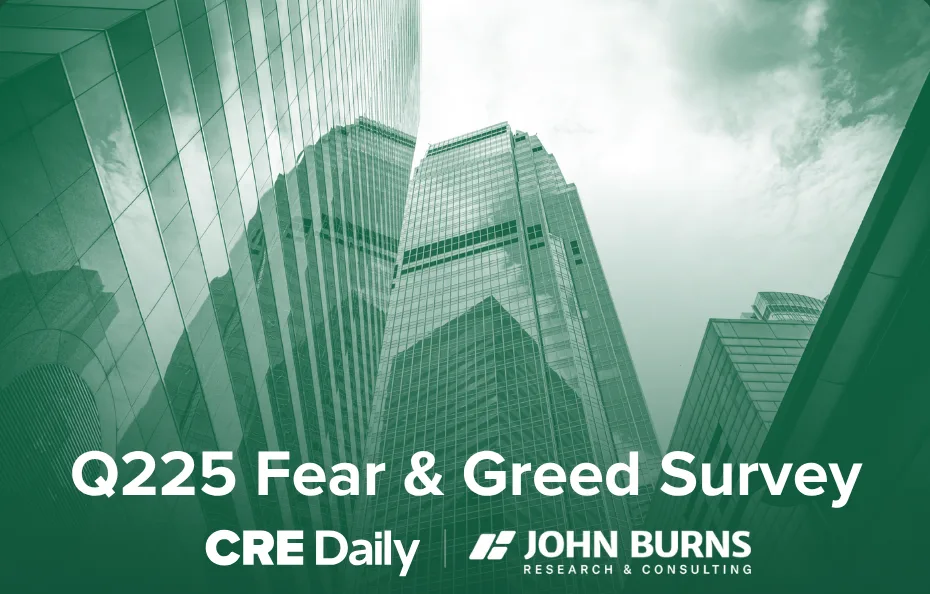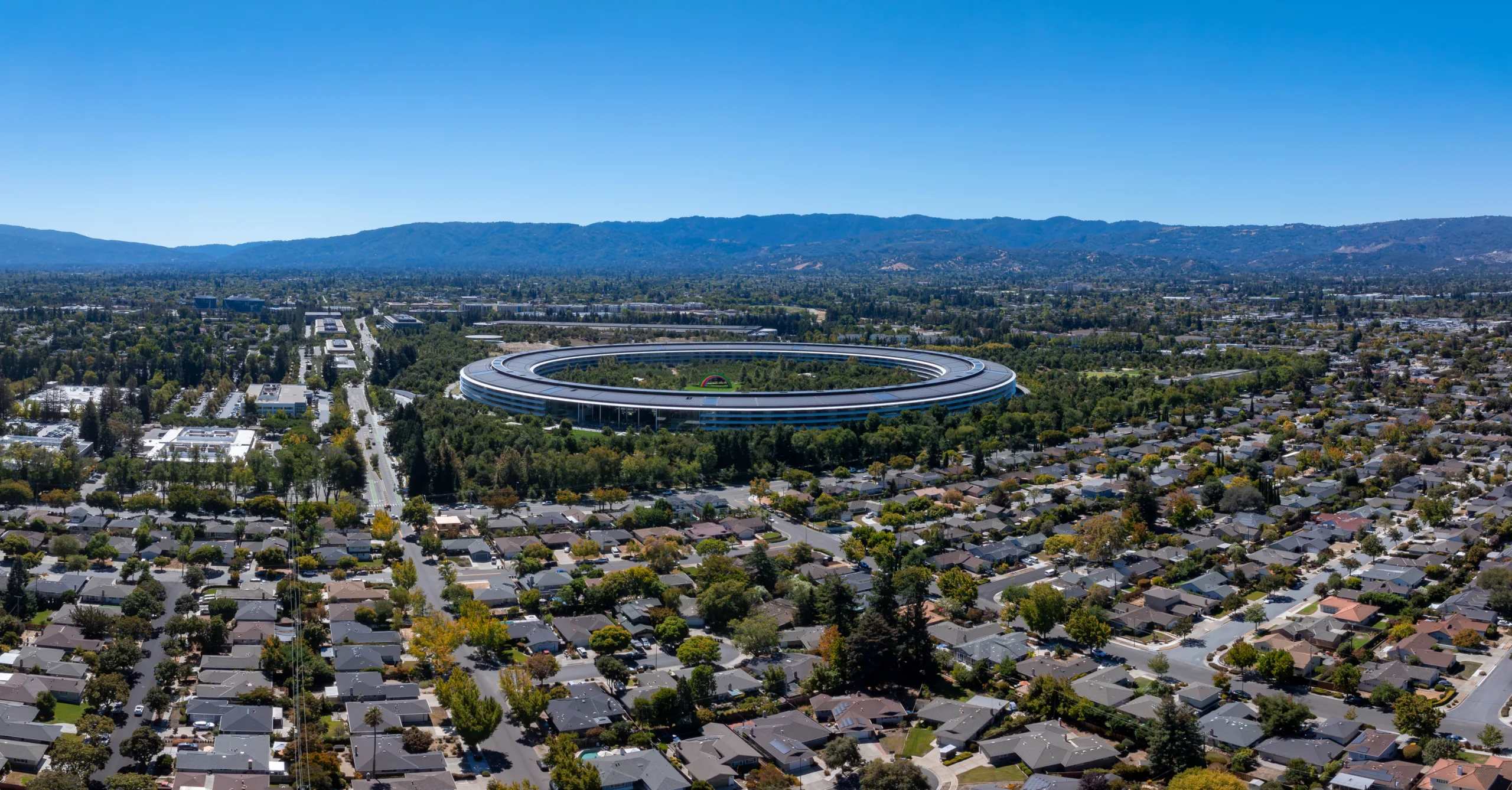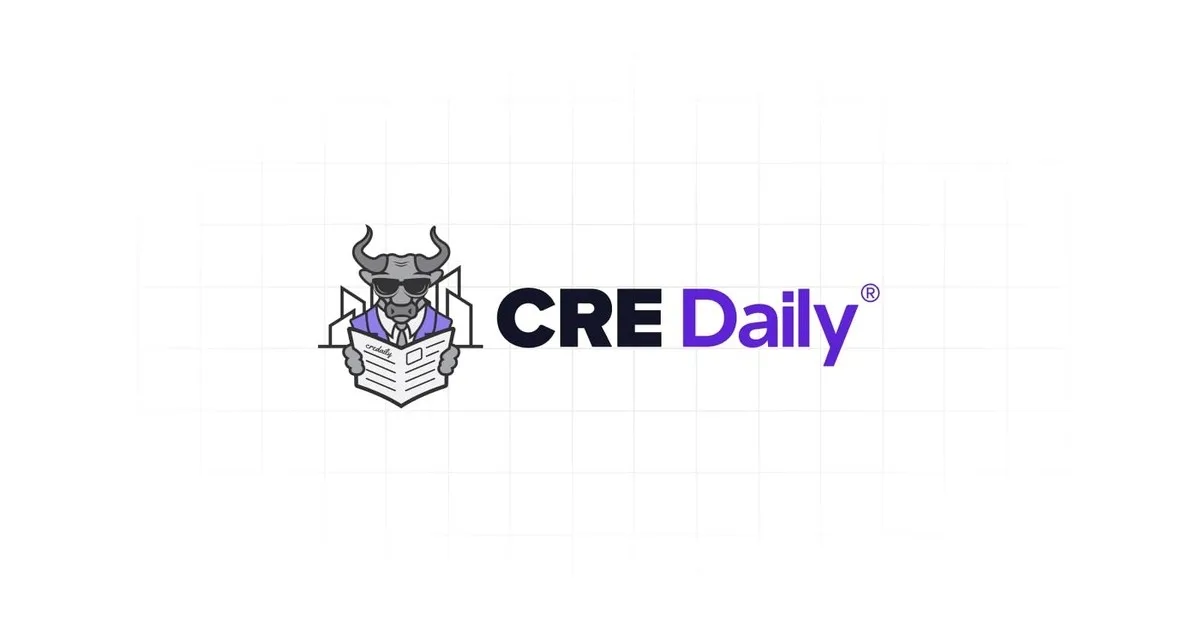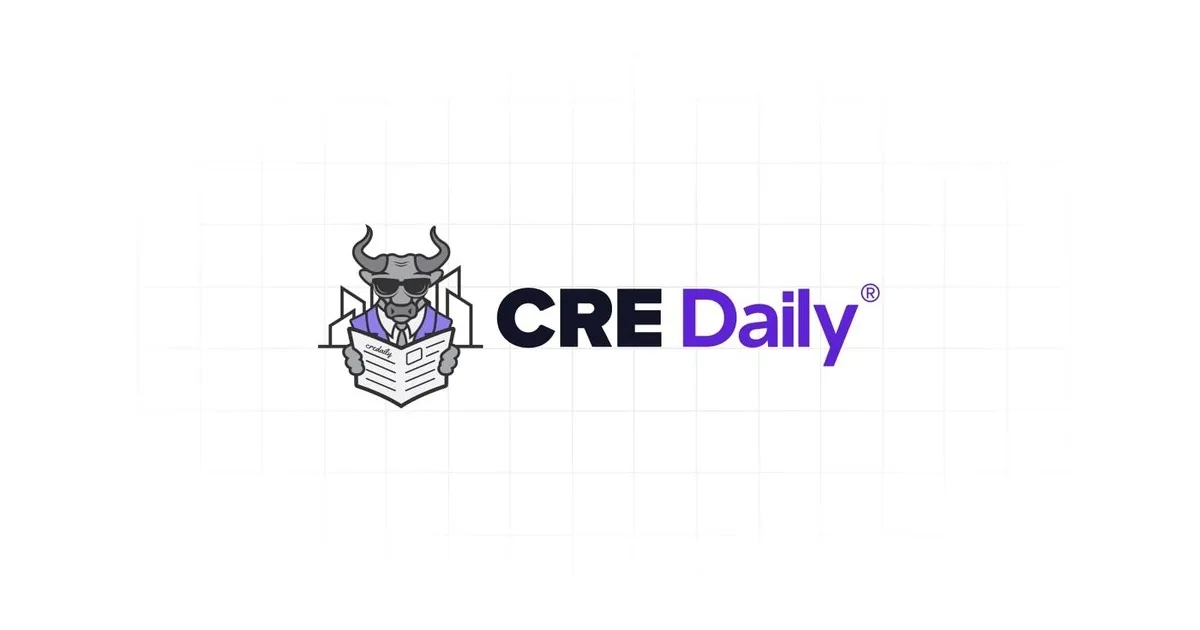- Investor activity is heating up in Downtown L.A., with major office towers trading hands at discounts and new owners planning targeted upgrades.
- Public safety initiatives and city-backed redevelopment aim to improve perception and functionality, with crime rates dropping and Metro creating its own police department.
- Multifamily demand remains strong, but new apartment construction is down sharply—creating a challenge for long-term housing supply.
- Upcoming global events like the 2026 FIFA World Cup and 2028 Summer Olympics are spurring urgency to revitalize the downtown core.
A Recovery Story in Motion
According to the Commercial Observer, once emblematic of pandemic-era urban distress, Downtown Los Angeles (DTLA) may finally be turning a corner, with signs pointing to a genuine downtown revival. Office vacancy still hovers around 27.5%, but investor optimism and civic intervention are beginning to shift the narrative.
Brookfield’s retreat from downtown—marked by the sale of several major towers—has opened the door for new owners like Uncommon Developers and Carolwood, who are betting on targeted building improvements rather than sweeping overhauls to attract tenants. “We’re focused on vibe upgrades—think gym, curated events, even custom scents,” said Uncommon’s Ryan Hekmat.
Civic Confidence Grows
L.A. County’s $200M acquisition of the Gas Company Tower is being framed as both a cost-saving move and a catalyst for downtown’s economic recovery. The influx of county workers could restore daytime foot traffic and stimulate surrounding retail.
Public safety efforts are also showing progress, forming a key pillar of the downtown revival underway. Homicides dropped 20% in the first half of 2025, and the city is on track for its lowest total in nearly 60 years. Metro, meanwhile, is forming an in-house police force to address chronic safety concerns on public transit.
Get Smarter about what matters in CRE
Stay ahead of trends in commercial real estate with CRE Daily – the free newsletter delivering everything you need to start your day in just 5-minutes
Multifamily Resilience—and a Warning Sign
DTLA’s residential market is a bright spot. Occupancy rates are near 91%, exceeding pre-COVID levels, particularly in districts like the Arts District. However, new construction has plummeted: downtown saw a 31% drop in new units from the previous decade, and Q1 2025 permitting fell nearly 57% year-over-year.
Several new projects—such as Onni Group’s 700-unit Olympic + Hill tower—signal ongoing interest, but Measure ULA’s transfer tax and broader development headwinds are slowing momentum.
Olympics-Driven Urgency
Two high-profile events—the 2026 World Cup and 2028 Summer Olympics—are applying pressure to fast-track Downtown L.A.’s recovery. With up to $11B in economic impact projected from the Olympics alone, the city is facing a short timeline to polish its global image.
“There’s no choice. Downtown must get back on track,” said Hekmat. “The new ownership wave and civic urgency give us real reasons for optimism.”
Why It Matters
DTLA’s trajectory serves as a case study for post-COVID urban recovery in the US With billions in global tourism dollars on the line, the next few years will be pivotal—not just for real estate players, but for L.A.’s broader identity on the world stage.
